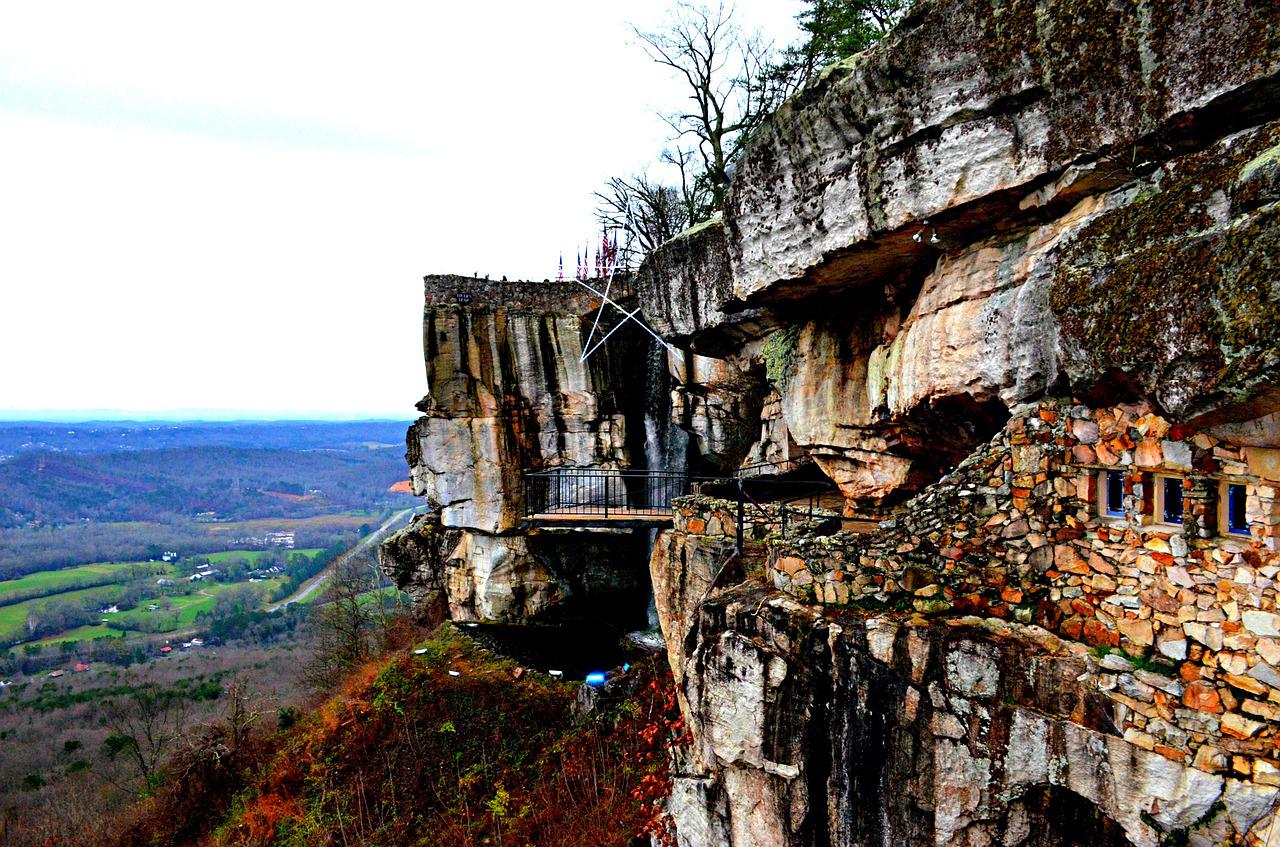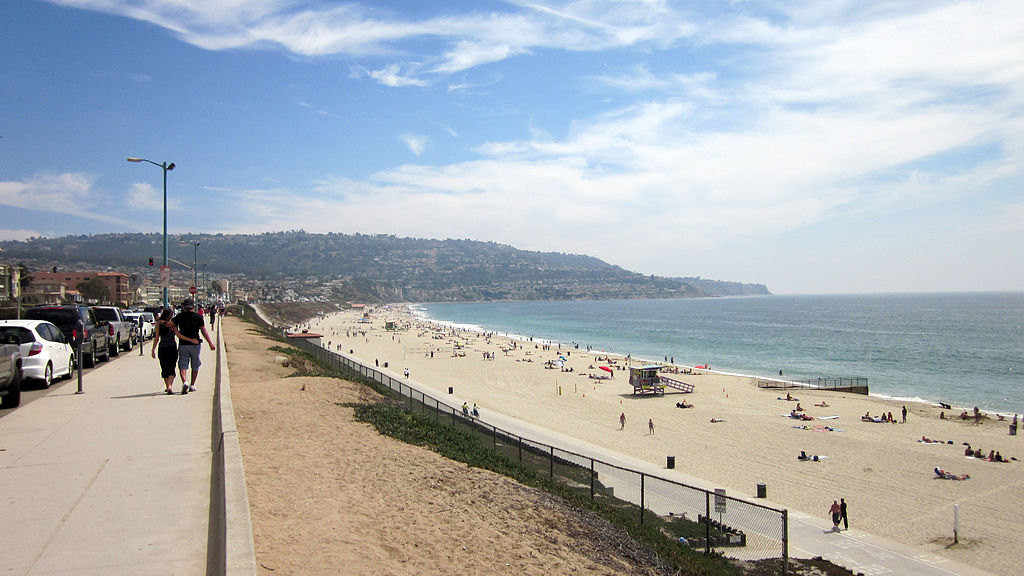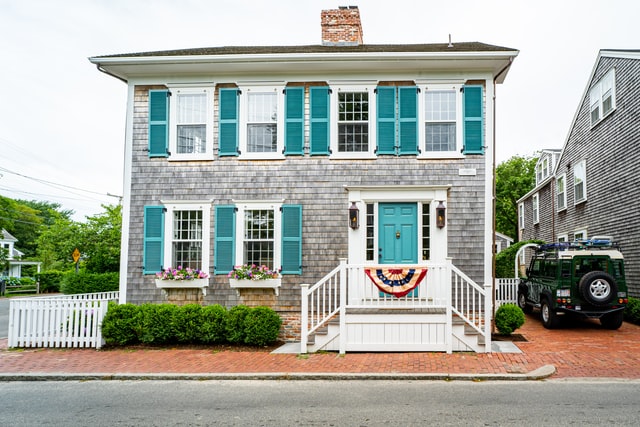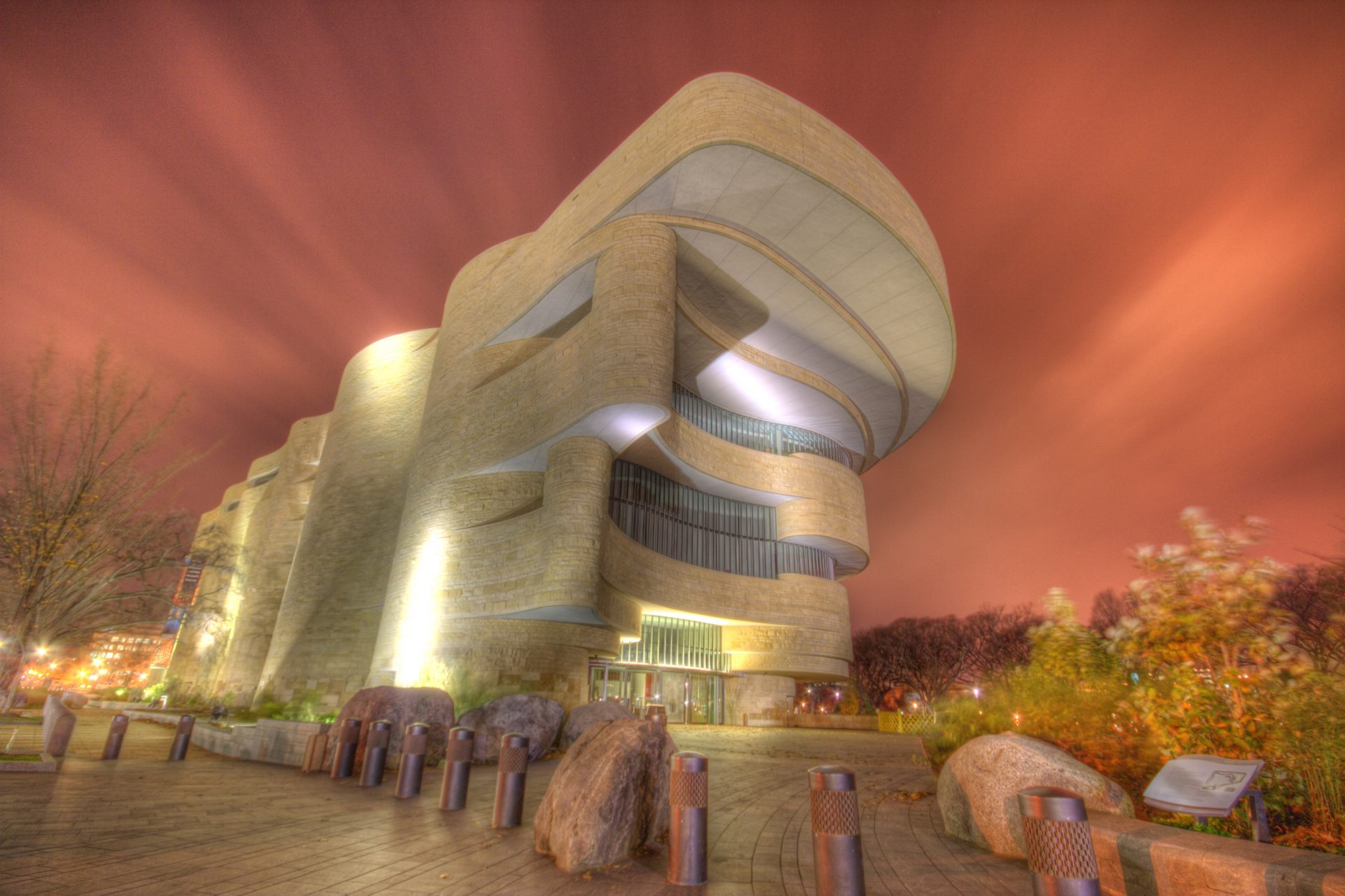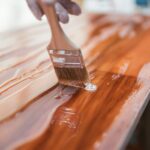Every year 20million tourists visit Washington D.C. to experience life in the USA’s federal capital. Some of the popular attractions include the Lincoln Memorial, Capitol Hill, and the Washington memorial. But there’s one building that stands above all others – or at least in a metaphorical sense. Its address is 1600 Pennsylvania Avenue, but you’ll know it better as the White House.
The official residence of the President is one of the most recognizable structures in the world. However, the pristine white building that millions of tourists gaze upon could have looked very different. And that’s because its final design was decided by a competition set-up in 1792.
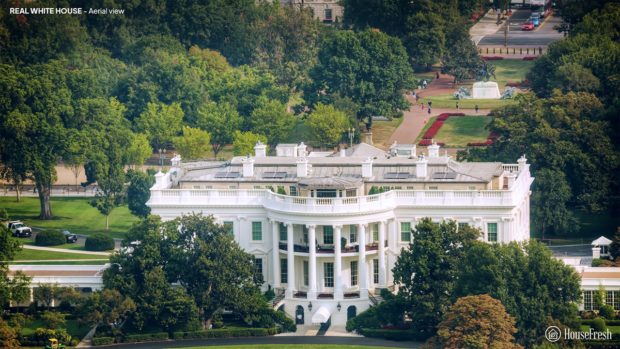
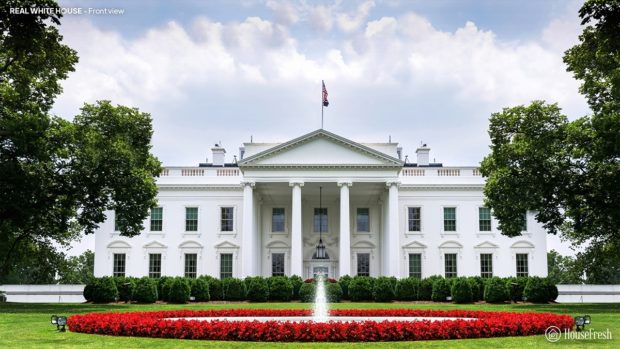
James Hoban was the lucky winner. But what would this symbol of democratic power look like if one of the other contestants had won? The design team from HouseFresh has the answer. They recently created five alternative versions of Washington’s most famous attraction based on the designs that didn’t win.
Check them out below
Phillip Hart’s vision
Philip Hart was a construction expert who dabbled in architectural design. Hart’s lack of formal training didn’t stop him from submitting an entry into the 1792 contest. It did, however, impact his chances of winning. Hart’s vague sketches of a faux-renaissance style White House were labelled as ‘amateurish’ by one judge.
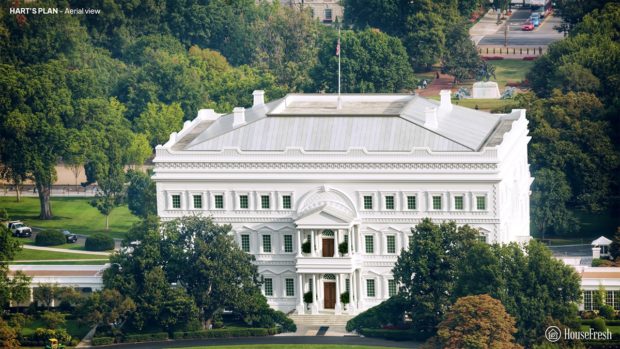
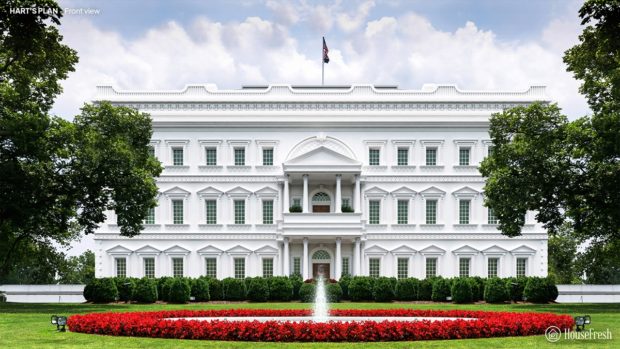
Andrew Carshores
Andrew Carshores was another dilettante designer with ambitions that went beyond his technical ability. The school teacher submitted a simplistic pre-revolutionary sketch based on the English Georgian style. The flat-fronted facade failed to impress the judging panel, with one member saying it lacked an imaginative spark.
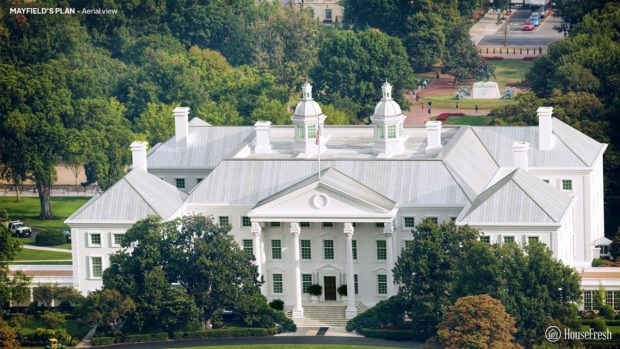
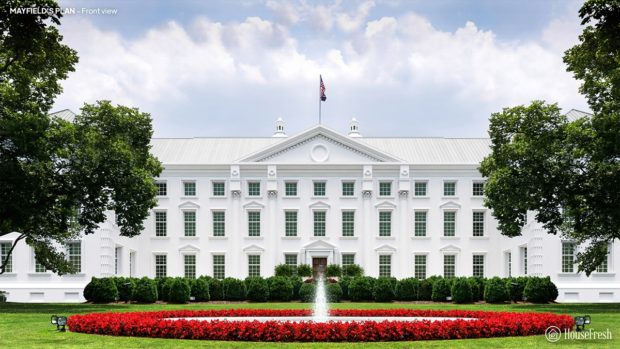
James Diamond
We’ll never know who came second in the race to design the White House. But the smart money would be on James Diamond. A successful architect and construction magnate, Diamond had the expertise to design such an iconic building. But it seems like Diamond tried a bit too hard. His sophisticated design included an open courtyard, Roman-style columns, and ornate windows topped with neo-classical pediments. Diamond’s vision was impressive, but George Washington thought the finished building would look ostentatious.
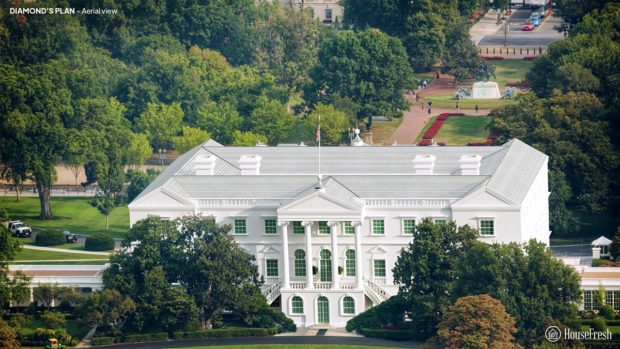
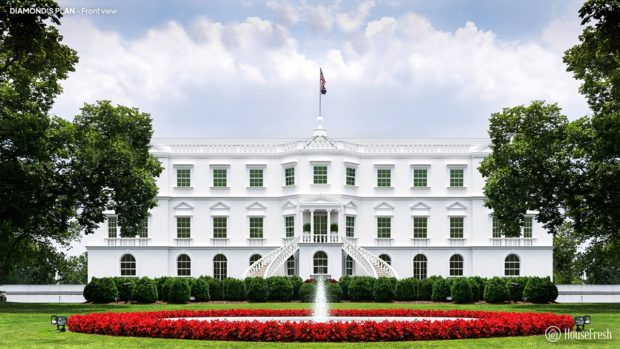
Jacob Small’s White House
Rather than putting all his eggs in one basket, Jacob Small submitted four different designs. The judges rejected all of them. This was partly due to a lack of originality. Small based his drawings on two existing buildings: George Washington’s estate home in Mount Vernon and the Maryland State House in Annapolis. However, this wasn’t the only thing that concerned judges. They thought Smalls’ maze-like network of hallways was too confusing.
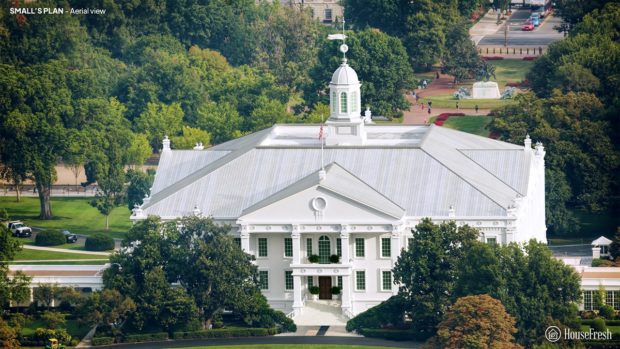
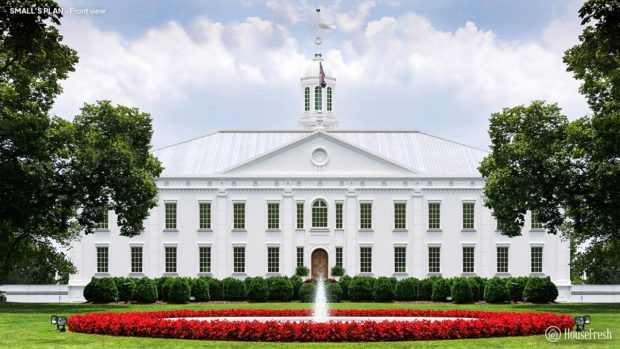
Thomas Jefferson
As well as being a successful statesman, founding father Thomas Jefferson was a musician, lawyer, and philosopher. He was also a classical architect with a clear vision of what the White House should look like. But Jefferson was Secretary of State at the time of the competition. So to avoid accusations of cronyism, Jefferson submitted an anonymous entry. It didn’t win, but Jefferson went on to implement many of his designs after becoming President in 1801.
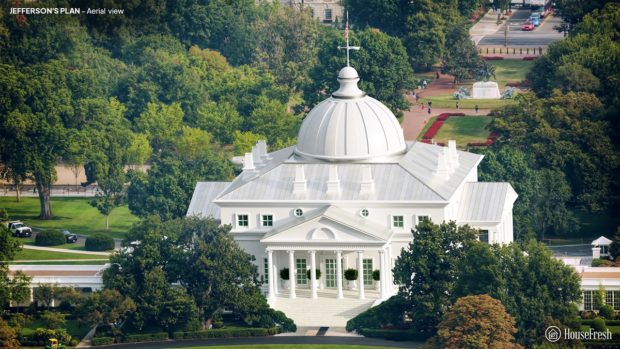
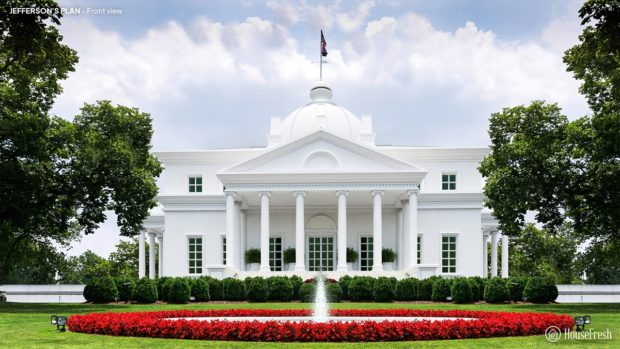
So what do you think? Are any of these designs better than the White House that stands today? Or do you think the judges got it right and James Hoban deserves his place in the history books?

